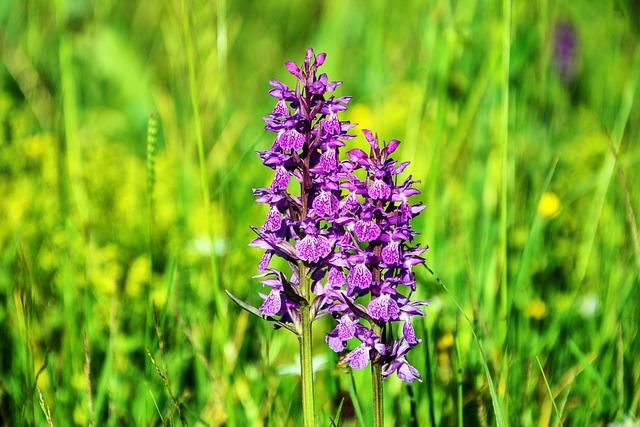- Introduction
- Characteristics of the Orchidaceae Family
- Care and Cultivation of Orchids
- Popular Types of Orchids
- The Role of Orchids in Human Culture and History
- Conclusion
- FAQs
- References
Introduction
The Orchidaceae family, commonly known as orchids, is one of the largest and most diverse families of flowering plants. With an estimated 28,000 species distributed globally, orchids have captured the fascination of both botanists and plant enthusiasts for centuries. This article will provide an in-depth look at the characteristics of the Orchidaceae family, tips on how to care for and cultivate these stunning plants, information on popular species, and a brief overview of their role in human culture and history.
In this article, you will learn what sets orchids apart from other plants, the basic care techniques you need to know if you're either starting or maintaining an orchid collection, and which varieties are most popular with growers. Lastly, we'll delve into the cultural significance of orchids throughout history. Let's get started!
Characteristics of the Orchidaceae Family
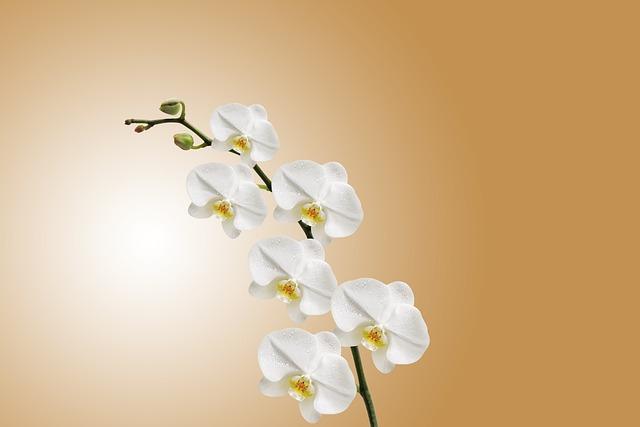
(Image: Pixabay/@antonin77)
The Orchidaceae family is characterized by a few key anatomical features that distinguish it from other flowering plants. One notable feature of orchids is their bilateral symmetry, meaning that each bloom is perfectly symmetrical when halved. This trait is not only striking but also specialized for attracting pollinators.
Another major characteristic is the presence of highly modified petals, particularly the "lip," or labellum, which acts as a landing platform for insects. These intricate adaptations are fascinating examples of co-evolution between plants and their pollinators, primarily bees, moths, butterflies, and even birds in some regions.
Orchids are also unique in their reproductive strategies. Many orchids rely on symbiotic relationships with fungi to complete their lifecycle. These orchids are known as "mycoheterotrophic" species, capable of deriving nutrients from fungal interactions during early seed development stages.
Furthermore, orchids demonstrate enormous diversity in habitat preference. From tropical rainforests to arid deserts, orchids are incredibly adaptive, growing as epiphytes (on trees), lithophytes (on rocks), or terrestrially (in soil).
Care and Cultivation of Orchids
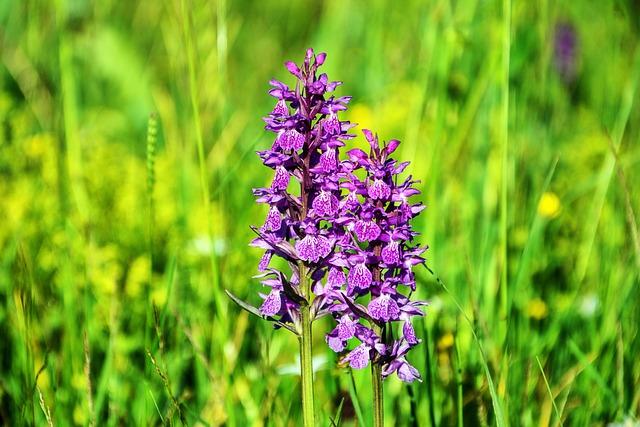
(Image: Pixabay/@kareni)
Caring for orchids can be a rewarding but sometimes challenging experience. Proper orchid care hinges on light, watering, humidity, temperature, and fertilization. While many people believe that orchids require difficult conditions to thrive, with the right knowledge, these plants can be relatively easy to grow.
First and foremost, orchids prefer indirect sunlight. Direct exposure can scorch the leaves, leading to damage. Optimal conditions generally involve bright but diffused sunlight. For home growers, placing orchids near an east-facing window often works well.
Watering orchids also requires special attention. These plants do not like "wet feet," meaning soggy roots. Most orchid species benefit from watering every 7-10 days, as well as ensuring that pots have drainage holes to allow excess water to escape. Additionally, humidity between 40-70% is ideal for many varieties.
Finally, fertilizing orchids intermittently during their active growing periods helps support robust blooms. Most growers use a balanced fertilizer, diluted to half-strength, once a month to encourage healthy growth. Over-fertilization can result in salt build-up, which harms the plant.
Popular Types of Orchids
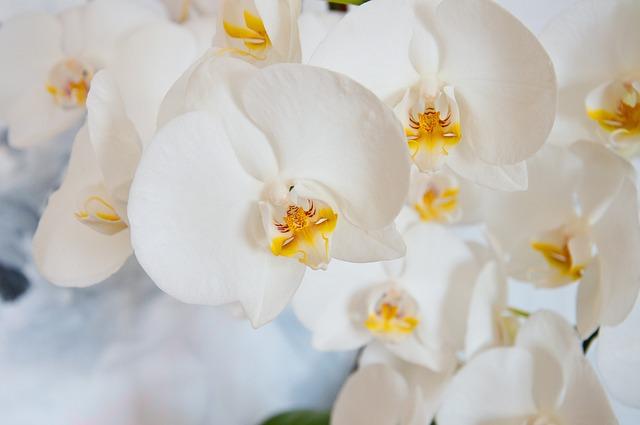
(Image: Pixabay/@PaulaPaulsen)
There are thousands of orchid species worldwide, but a handful have become especially popular due to their ease of care, stunning flowers, and availability. Below are some of the most widely grown orchid varieties:
Phalaenopsis (Moth Orchid): Perhaps the most recognizable orchid, Phalaenopsis species are favored for their elegant blooms and relatively easy maintenance. Their robust nature makes them suitable for beginners.
Cattleya Orchid: Known as the “corsage orchid,” Cattleyas are prized for their large, fragrant flowers. They tend to prefer intermediate to warm conditions and brighter light compared to other orchids.
Dendrobium Orchid: Another popular genus, Dendrobium orchids have diverse shapes and colors. They require slightly cooler temperatures and less frequent watering than many other orchids, making them a great option for various environments.
Vanda Orchid: Vandas are valued for their spectacular vibrant flower colors, particularly blue and purple shades, although they require a lot of sunlight and warmth. Vanda orchids often thrive in baskets or hanging containers.
The Role of Orchids in Human Culture and History
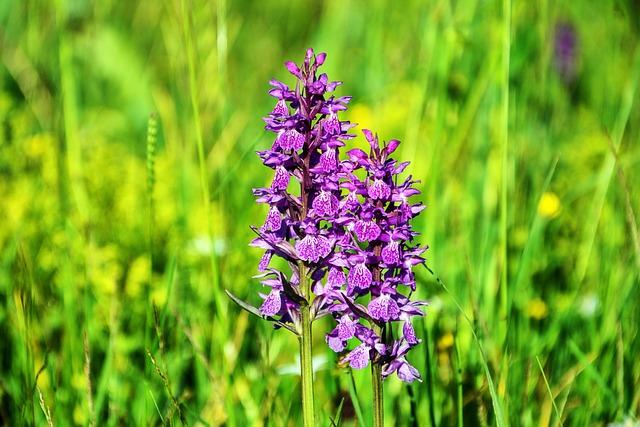
(Image: Pixabay/@kareni)
Orchids have played a significant cultural and economic role throughout human history. In ancient Greece, for instance, orchids were associated with fertility and virility, while in China and Japan, they symbolize purity, elegance, and simplicity.
The allure of orchids isn’t limited to symbolism. The spice vanilla, derived from the Vanilla planifolia orchid, has been harvested for centuries and remains a valuable commodity today.
During the Victorian era, orchid collecting became an obsession among Europe’s elite, giving rise to the term “orchidelirium.” Specimens were imported from tropical regions, sometimes at great cost, to satisfy collectors' desires.
In modern times, orchids still hold cultural significance. Many countries, such as Singapore and Costa Rica, have chosen native orchids as national symbols, representing beauty, diversity, and resilience. Moreover, orchids continue to inspire artists, poets, and botanists alike.
Conclusion
Orchids are undoubtedly one of the most beautiful and captivating plant families in existence. Their complex biology, adaptability, and stunning diversity make them a favorite among plant enthusiasts as well as casual home gardeners. By understanding proper care methods, exploring the many varieties available, and appreciating their historical significance, you'll deepen your connection with these incredible plants.
FAQs
How often should I water my orchid?
Water your orchid once a week or when the top inch of the potting media is dry. Be sure to avoid overwatering, as orchids do not enjoy consistently wet roots.
Why isn’t my orchid blooming?
If your orchid isn't blooming, it could be due to insufficient light, improper fertilization, or temperature fluctuations. Adjust the conditions based on your orchid's specific needs to encourage flowering.
What type of soil do orchids need?
Most orchids do not grow in soil; rather, they prefer a specialized orchid potting mix made of materials like bark, sphagnum moss, or perlite to promote drainage and airflow around the roots.
Can orchids survive in low light?
Some orchids, such as Phalaenopsis, can tolerate lower light levels, but most orchids will perform better in bright, indirect sunlight conditions.
How long do orchid blooms last?
Depending on the species, orchid blooms can last anywhere from a few weeks to several months. Proper care like correct lighting, temperature, and regular watering can extend the bloom time.

